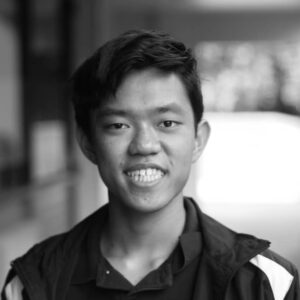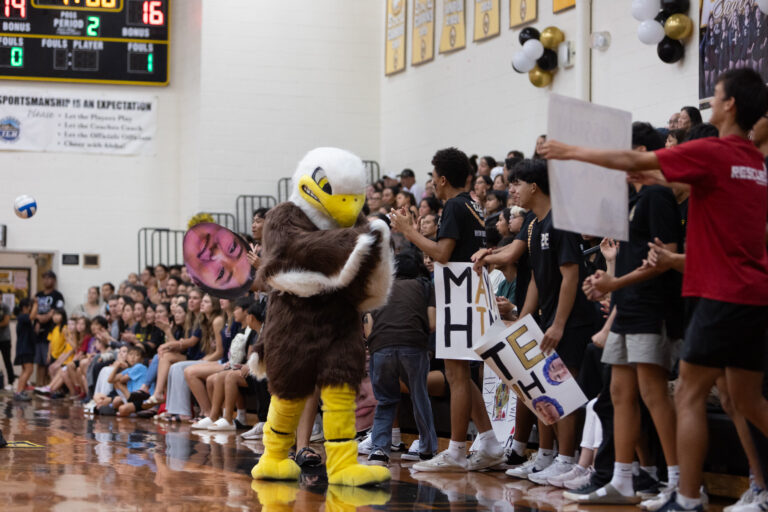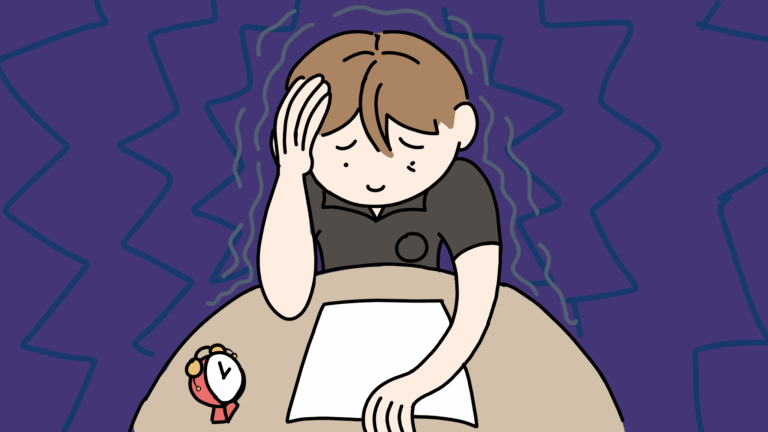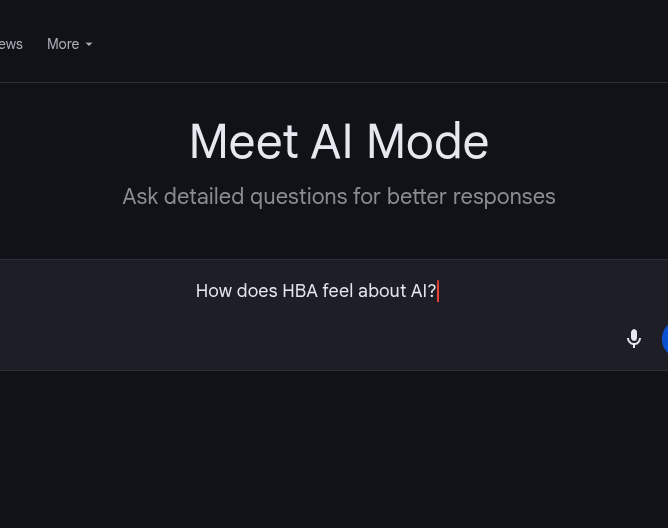Have you been interested in becoming an engineer? Are you curious to know what engineering is? Do you have a passion for inventing or problem solving?
If you answered yes to any of these questions then you’re in luck. This year, for the first time, HBA is offering a one-of-a-kind, semester long class, Applied Engineering, in which students can program, design, and build in order to solve real world problems.
Applied Engineering is a new tech-intensive class that caters to aspiring engineers and those with a passion for transforming ideas into reality. An introductory, multidisciplinary, project-based course, Applied Engineering provides students with the opportunity to get a glimpse into the world of engineering through hands-on experience. “I like the information that you can get and you can use in other things,” stated sophomore Piper Rabang. “Whatever engineering type I want to go into, I’ll have the basics down.”
Many students taking the class are either curious as to what engineering entails, or are planning on majoring in a type of engineering in college. Senior Alyssa Ishida, who is excited that HBA is offering an engineering course, stated, “I plan on going into civil engineering in college so I kind of wanted a little taste of what engineering is going to be like.”
Unlike most classes, Applied Engineering is taught by two teachers: Physics teacher Isaac Duncklee and Fine Arts Chair Sean Malinger. Originally, the course was going to be taught alone by Malinger, but the two teachers decided to work to together after realizing their individual skill sets were complementary. Explaining the reasoning behind their choice, teacher Sean Malinger said, “I’m comfortable with a lot of the electronics and the programming, but I also know that Mr. Duncklee was a mechanical engineer and I wanted to be able to draw from him and his experience, and I thought that would strengthen the course to give the students an even rounder experience and more in-depth experience.”
Engineering is using applied math, physics, and other sciences to design and or solve problems. – Isaac Duncklee
The first quarter of the course is mainly dedicated to the fundamentals of engineering, design projects, electronics, and Computer Aided Design (CAD). From PVC towers to electric golf clubs, students work together in groups and compete to find creative solutions to practical problems. “So far, we have learned about several disciplines of engineering. Also, we’ve done some work doing experiments or design projects,” said senior Lucas Chun. Sophomore Cobi Pimental described his personal experience regarding the design contests: “Personally, I have not won any yet, but in the future, I hope to get better at designing.”
Currently, students are working on familiarizing themselves with Arduinos, small programmable circuit boards. Using these microcontrollers, during this quarter, students will learn the basics of building circuits and how to write computer code to solve problems. In the following quarter, students will have the option of using their Arduinos in a final project, which will require them to design and build something to solve a practical problem.
Looking towards the future, Malinger expressed his hopes for the class, saying, “I hope that regardless of the occupation that the students go into, that they have built some foundational skills when it comes to understanding how things work, why things work. That they can also use those skills in other places, but that they also enjoy learning and they enjoy being curious, and they strive to solve problems. And not only in the physical sense, when it comes to engineering, but even culturally and socially.”







